Steve Jobs’ Cancer Timeline and Eating Disorder: An Infographic
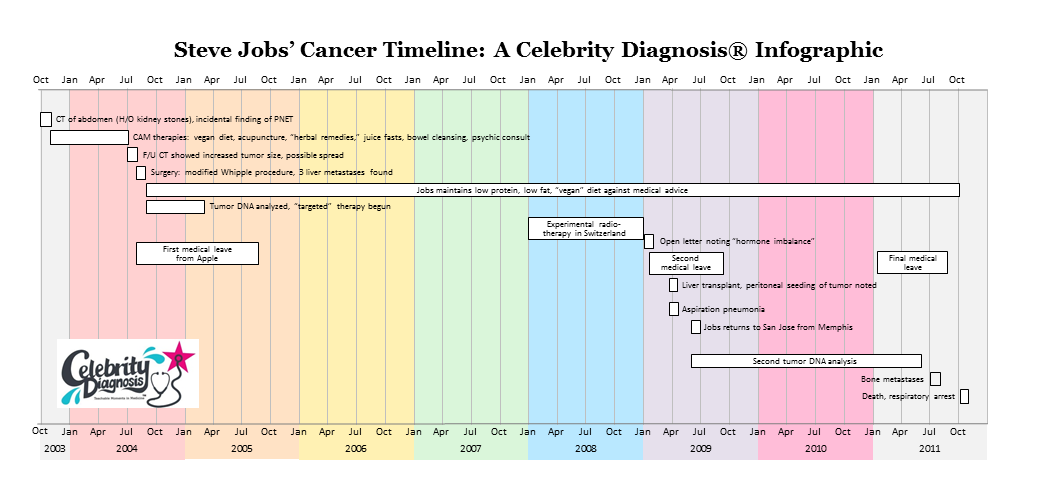
Walter Isaacson‘s new biography of Steve Jobs![]() has now filled in some of the missing medical details of Jobs’ 8-year battle with cancer. The three chapters describing different phases of his illness are:
has now filled in some of the missing medical details of Jobs’ 8-year battle with cancer. The three chapters describing different phases of his illness are:
- Chapter 35 Round One: Memento Mori (“Remember you will die”)
- Chapter 37 Round Two: The Cancer Recurs
- Chapter 41 Round Three: The Twilight Struggle
It’s very clear from the book that Jobs made a number of bad judgements about his health. These judgements reflected deep-seated aspects of Jobs’ personality, belief system and thought processes that many people who knew him described as “magical thinking” and Jobs’ “reality distortion field.” Jobs had a lifelong eating disorder and at least one person thought that he met the diagnostic criteria for Narcissistic Personality Disorder.
We summarize key features of Jobs’ struggle with PNET (pancreatic or islet cell neuroendocrine tumor) in a timeline infographic that starts with the accidental discovery of his tumor during a check-up for kidney stones in October of 2003. As we’ve previously described, Jobs refused surgery deciding instead to first try alternative medicine treatments for nine months while the tumor continued to grow and spread inside him.
Jobs’ Docs
The table below contains information from Isaacson’s book describing some of the people and clinics involved in Jobs’ diagnosis and treatments.
| Name | Affiliation | Role in Care |
| Urologist | ? | Ordered CT scan that revealed tumor in pancreas |
| “Doctor” | Natural healing clinic in southern California | Prescribed organic herbs, juice fasts, bowel cleansings, hydrotherapy & expression of negative feelings |
| Dean Ornish, M.D. | Preventive Medicine Research Institute | Urged Jobs to have conventional cancer surgery |
| George Fisher, M.D., Ph.D. | Stanford Cancer Institute | Medical Oncologist |
| ? | University Hospital Basel, Switzerland | Radiation Oncology & Nuclear Medicine |
| James D. Eason, M.D. | Methodist University Hospital | Liver transplant surgeon |
| David B. Agus, M.D. | University of Southern California | Tumor DNA analysis |
| ? | Johns Hopkins | Tumor DNA analysis |
| ? | Broad Institute of MIT and Harvard | Tumor DNA analysis |
“I’m a fruitarian and I will only eat leaves picked by virgins in the moonlight”
Jobs’ decision to pursue dietary treatments for his cancer undoubtedly were connected to a lifelong eating disorder which was well-known to his friends and of great concern to his family. His extreme, obsessive, compulsive and often bizarre dietary practices are extensively documented in Isaacson’s book. Jobs continued these practices, against medical advice, during the last eight years of his life and it’s likely that malnutrition complicated the struggle with his malignancy.
Andy Grove of Intel (himself a cancer survivor) reacted to Jobs’ decision to try diet instead of surgery and chemotherapy to treat his cancer this way:
Steve talked to me when he was trying to cure himself by eating horseshit and horseshit roots, and I told him he was crazy.
Medical Tourism and Steve’s DNA
In addition to naturopathic forms of unconventional therapy, Jobs also travel to Switzerland in 2008 to undergo experimental, scientific therapies not available in the U.S. These treatments included hormone-delivered radiotherapy and peptide receptor radionuclide therapy. (Isaacson, p. 480) Such medical tourism is not uncommon among the rich and famous.
Based on cutting edge genome (DNA) research, Jobs was treated with drugs “targeted” at his unique cancer genes, apparently with some success. (Isaacson, pp. 476, 550)
“His treatment was fragmented rather than integrated”
If alternative medicine did not serve Steve Jobs well, neither did conventional medicine in some respects. Isaacson criticizes Jobs’ treatment (p. 549), particularly at Stanford, because his “myriad maladies” were being addressed in an uncoordinated manner by cancer doctors, pain doctors, liver doctors, blood doctors and nutritionists — a management process that Jobs would never have tolerated at Apple.
In contrast, Isaacson praises Jobs’ treatment in Memphis (pp. 485, 550) where Dr. James Eason took charge and not only coordinated Jobs’ overall care but also “managed Steve and forced him to do things…that were good for him” — not an easy task with a celebrity patient who was used to getting his own way.
In what ways is the case of Steve Jobs similar to and different from that of Michael Jackson?
For a PDF version of Jobs’ Cancer Timeline, click A Celebrity Diagnosis (TM) Infographic
Please note: We have written this article and constructed the timeline representing the history of Mr. Jobs’ illness based largely on information in Walter Isaacson’s recently published biography of Jobs![]() . When specific dates, or durations, were not available, we used information derived from other published sources and/or estimates based on contemporaneous events. If there are any errors or important omissions in our story or timeline, we would appreciate corrections from authoritative sources via our contact page.
. When specific dates, or durations, were not available, we used information derived from other published sources and/or estimates based on contemporaneous events. If there are any errors or important omissions in our story or timeline, we would appreciate corrections from authoritative sources via our contact page.
UPDATE
This morning the New York Times published an article by Gina Kolata entitled “In Treatment for Leukemia, Glimpses of the Future” in which she describes the use of advanced DNA tests (medical genomics) for precision diagnosis and personalized therapy for cancer. In her story about Dr. Lukas Wartman and his leukemia (AML) treated by Dr. Timothy Ley, Kolata also mentions the DNA-guided treatments of Christopher Hitchens and Steve Jobs which we have covered extensively.
See these related stories about the new company, Genome Health Solutions, whose mission is to deliver new approaches to fighting cancer and other diseases:
- Cancer, Data and the Fallacy of the $1000 Genome
- Harvard Professor Rides Genomics’ Third Wave



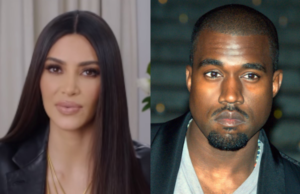



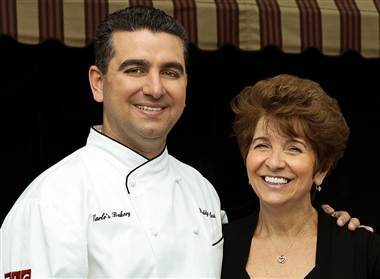

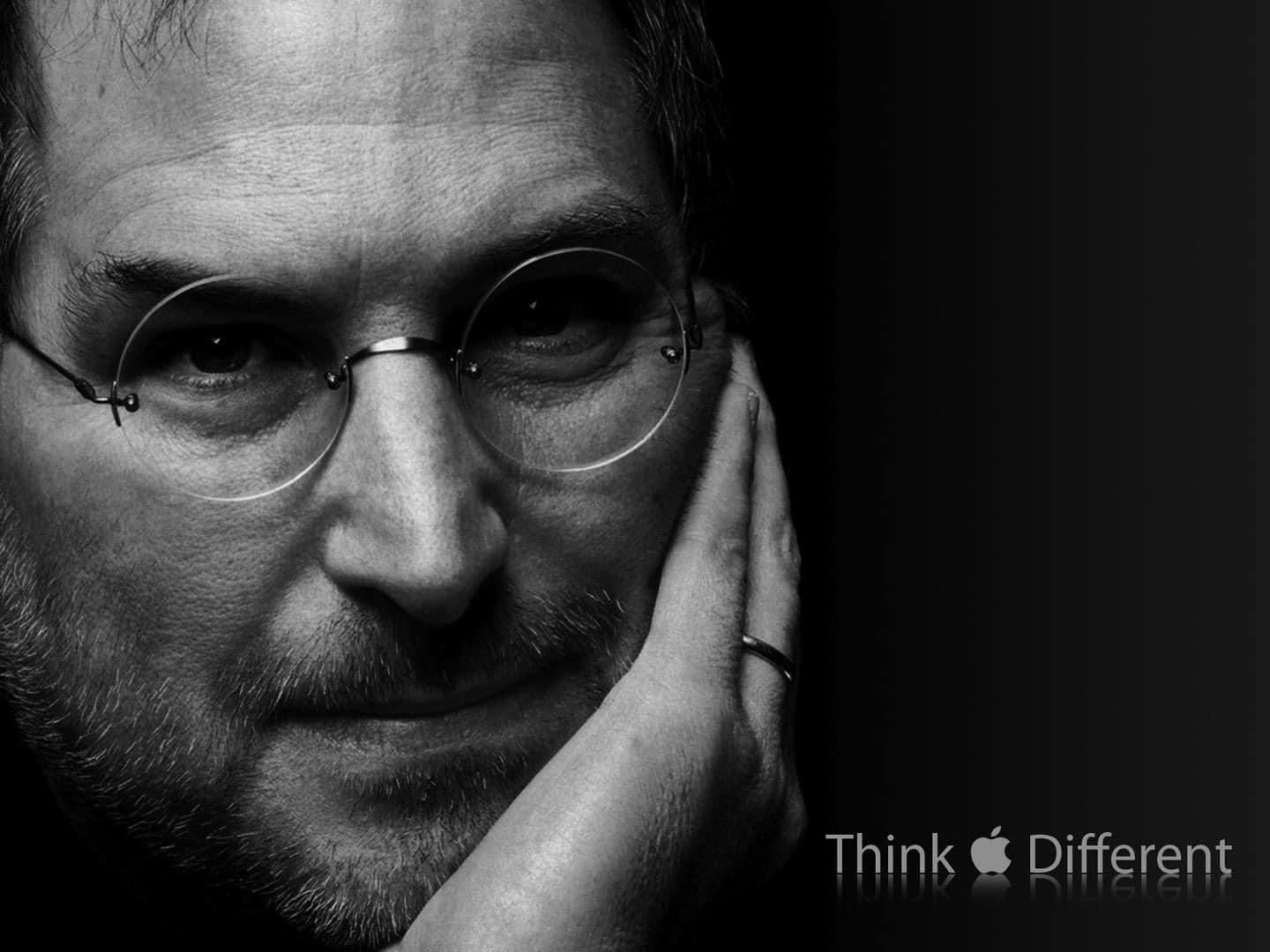






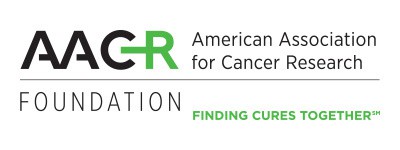

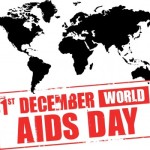
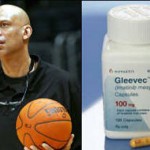


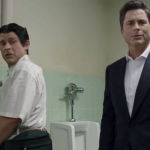




2 Comments